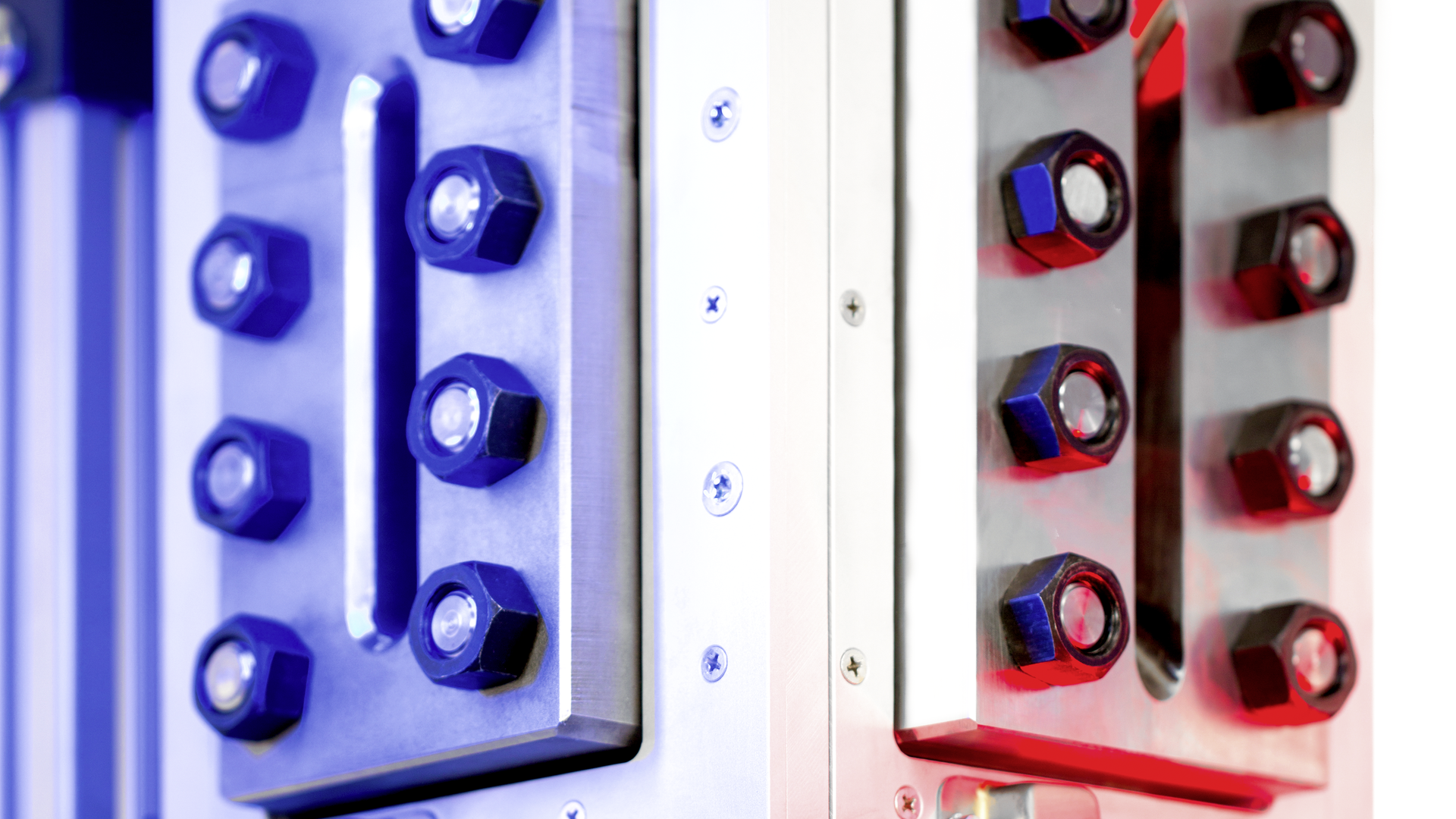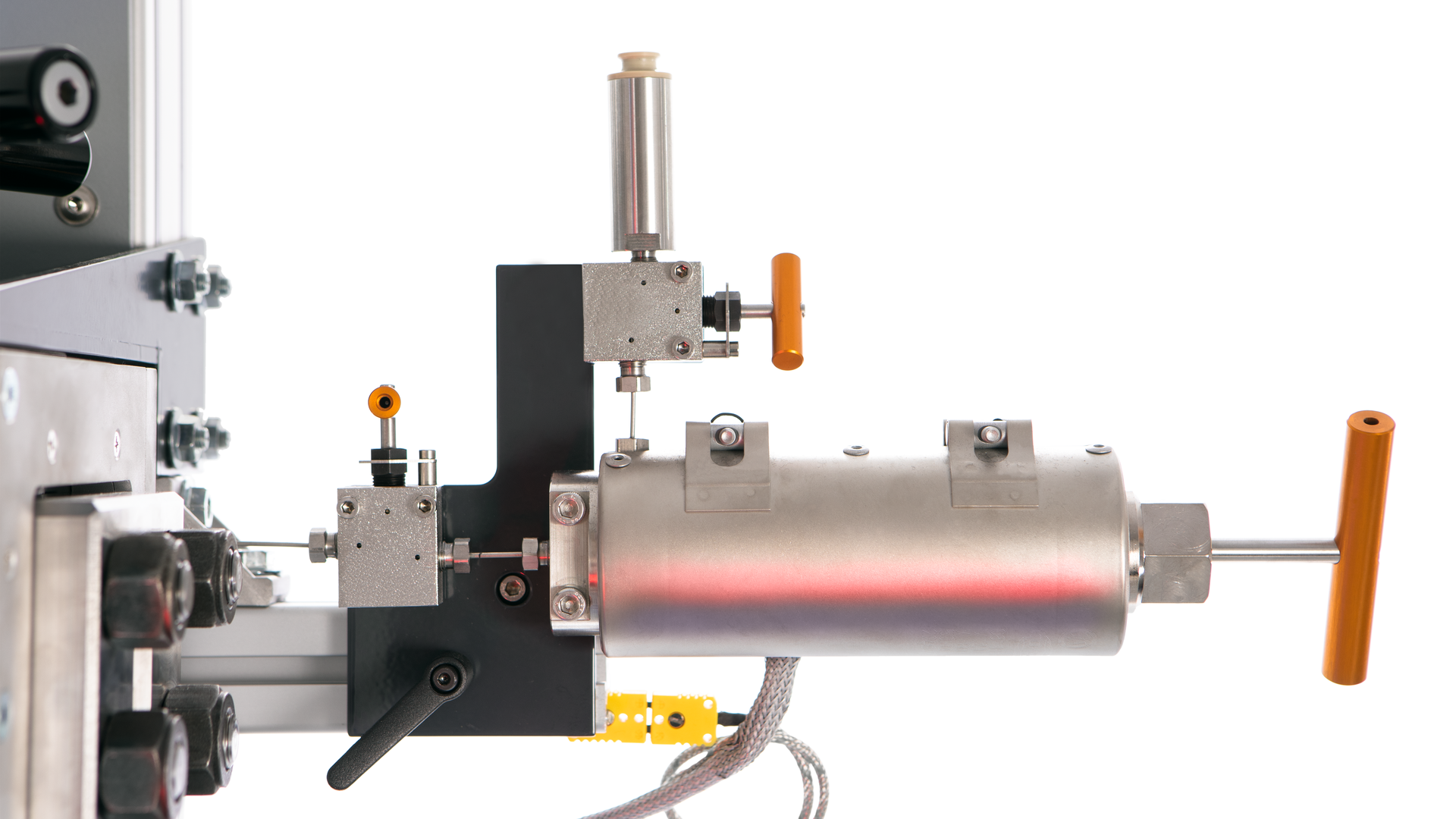High Pressure Foam Analyzer
HPFA – Analysis of foam behavior under oil reservoir conditions
The HPFA High Pressure Foam Analyzer is the world’s only measuring instrument for simultaneously analyzing the amount and structure of liquid foams under high pressure. The instrument provides various options for investigating foam behavior under the real process conditions of foam-assisted flooding methods in EOR as well as hydraulic fracturing.
Applications
-
Foam-assisted gas flooding
-
Foam as fracking liquid and for fracking stimulation
Measuring methods
-
Foam height and foam structure simultaneously analyzed under high pressure
Measuring results
-
Maximum foam volume and liquid volume in foam at maximum
-
Decay curves: total height and volume as well as foam and liquid height and volume at each measured point in time
-
Time values for the reduction of liquid volume in foam and foam volume to 75% and 50% (foam half-life)
-
Bubble count per mm², mean bubble size, and standard deviation
-
Histogram showing bubble size distribution
-
Geometrical parameters of the bubbles, expressed in different kinds of radii
Simultaneous foam height and structure analysis
During and after foaming-up by means of gas flow, two high-resolution cameras operating in parallel record the foam height and images of the foam lamellae. Supported by the real-time image evaluation of our ADVANCE software, the HPFA determines the foamability and the foam decay. Within one and the same measurement, it also captures the change in bubble count per area and the absolute bubble size as well as its statistical distribution.
Simulation of oil reservoir and production conditions
The measuring cell works at pressures up to 350 bar and temperatures up to 120 °C, thus making it possible to observe the foam behavior under reservoir conditions. Sensors continuously transmit the pressure and the temperature to the ADVANCE software.
Filters with different pore sizes or even drill cores can be used for foaming to enable different lamella dimensions to be investigated. This option can be used to approach foaming conditions inside a particular reservoir with its characteristic rock porosity. Foaming can be carried out with air as well as carbon dioxide or nitrogen, which are frequently used for gas flooding.
Additional dosing during the experiment
How stable does aqueous foam remain when it comes into contact with a foam-inhibiting oil phase? A heatable dosing system enables this question to be answered. As the analysis progresses, liquids can be dosed into the foam from above or into the liquid phase from below while maintaining the pressure. The effects on the foam can be observed live and based on the continuous data recording.
YOUR INSTRUMENT'S BRAIN

-
Intuitive software with a workflow-oriented user interface
-
Swift and repeatable analyses thanks to measurement templates and powerful automation functions
-
Result management made easy with clear and comprehensive charts and tables
-
A wide range of results describing foam formation, stability, and decay

Technical Services for your instrument
Learn how we support you from day one and help you make the best use of your instrument with the longest service life possible.
Set Up and Installation
Don’t lose time and let measuring be the first thing you do with your instrument.
Training
Start your analyses with solid know-how and refresh and deepen it during your instrument’s life cycle.
Maintenance and Repair
Expect your instrument to be a reliable long-term employee.












